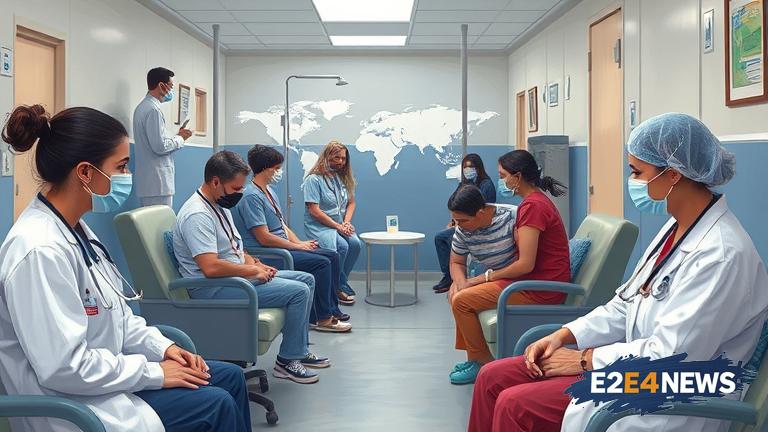Montana’s healthcare system is currently facing a multitude of challenges, including severe staffing shortages, a surge in patient demand, and financial pressures. These issues are compounded by the state’s rural nature, which often limits access to specialized care. Hospitals and clinics across Montana are reporting high patient volumes, particularly in emergency departments, which are struggling to cope with the influx. The staffing shortages are attributed to a combination of factors, including burnout from the COVID-19 pandemic, an aging workforce, and competition from other states offering higher wages. Many healthcare facilities are resorting to hiring temporary workers, which has led to increased costs. Additionally, the rising cost of medical supplies and equipment is further straining budgets. Rural hospitals, which are critical to providing care in remote areas, are particularly vulnerable due to limited resources and lower reimbursement rates from Medicaid and Medicare. State health officials are exploring solutions, such as increasing funding for nursing programs and offering incentives to retain current staff. However, these measures are expected to take time to implement and yield results. In the meantime, patients may face longer wait times and reduced access to certain services. The situation highlights the broader challenges facing rural healthcare systems nationwide, as many states grapple with similar issues. Advocates are calling for federal and state-level policy changes to address the root causes of these problems. Without significant intervention, the ability of Montana’s healthcare system to meet the needs of its population remains uncertain. The state’s growing population and aging demographic further exacerbate the demand for healthcare services. As a result, finding sustainable solutions is critical to ensuring the long-term viability of Montana’s healthcare infrastructure. The situation serves as a reminder of the complex interplay between workforce, finance, and access in healthcare systems.
